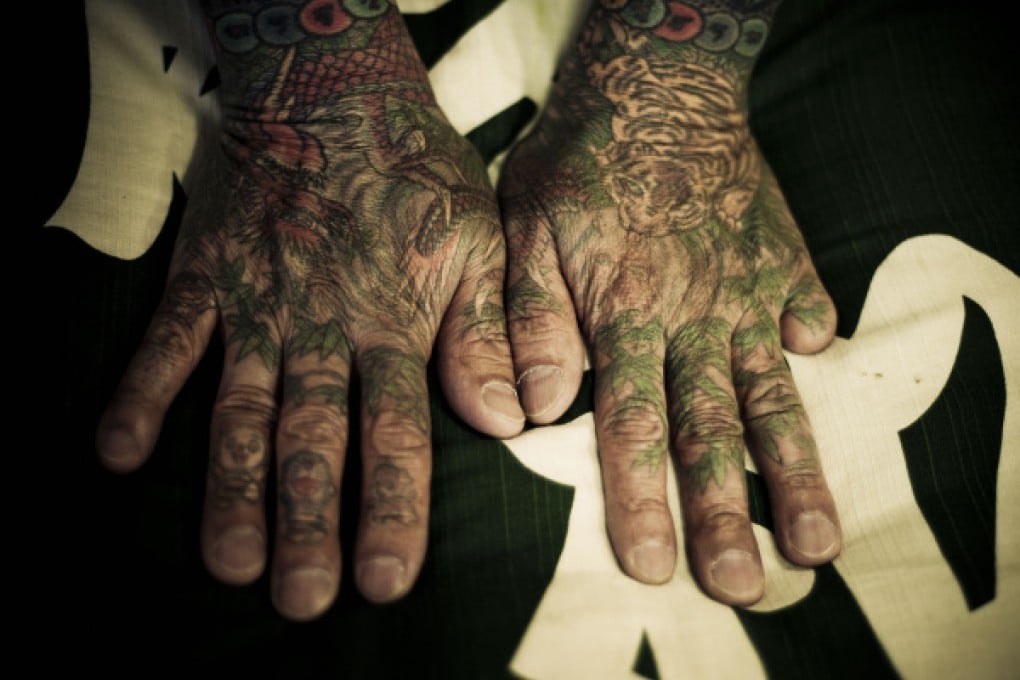Exhibition puts Japan’s tattooed yakuza in the frame
Belgian photographer Anton Kusters spent two years zooming in on the life of Japan's infamous crime society. Images from that project are now on show in Asia, writes Kylie Knott

TO THE UNINFORMED, the picture looks innocent enough. A man in a tweed suit and silk tie reclines in the back seat of a car, his face partially obscured. Nothing crazy here. But for Belgian photographer Anton Kusters, the scene behind the lens was nerve-racking.
"Yeah, I was pretty scared. I was shaking in my boots, actually. This is a high-ranking boss in his car looking straight at the lens. Because it was my first shot, I was really nervous and I framed the image incorrectly, cutting off part of his face. This lucky accident became one of the most important images of the project - a testament to the tension that was constantly present," says the 37-year-old.
The project Kusters is referring to is the two years he spent photographing the life, rituals and habits of the yakuza, the organised crime syndicates in Japan, his portraits focusing on the Shinsekai family who control Tokyo's infamous red-light district, Kabukicho.

Images show yakuza members with traditional full-body tattoos, as well as the nerve-racking first image, Eye of the Beholder, which shows boss Nitto-san en route to the Niigata prison to pick up two yakuza members who are to be released that morning. Taken in 2009, the image remains the photographer's favourite: "It reminds me of the tension I felt under my skin. Always."
It's the first time the exhibition has been shown in Asia, and it is also Kusters' first visit to the city. "I'll be in Hong Kong for about two weeks and will concentrate on the exhibition," he says. "I expect it to be a little like Tokyo, but more condensed into a smaller area. I hope to catch a glimpse of the vibrant community and, of course, some of the nightlife."